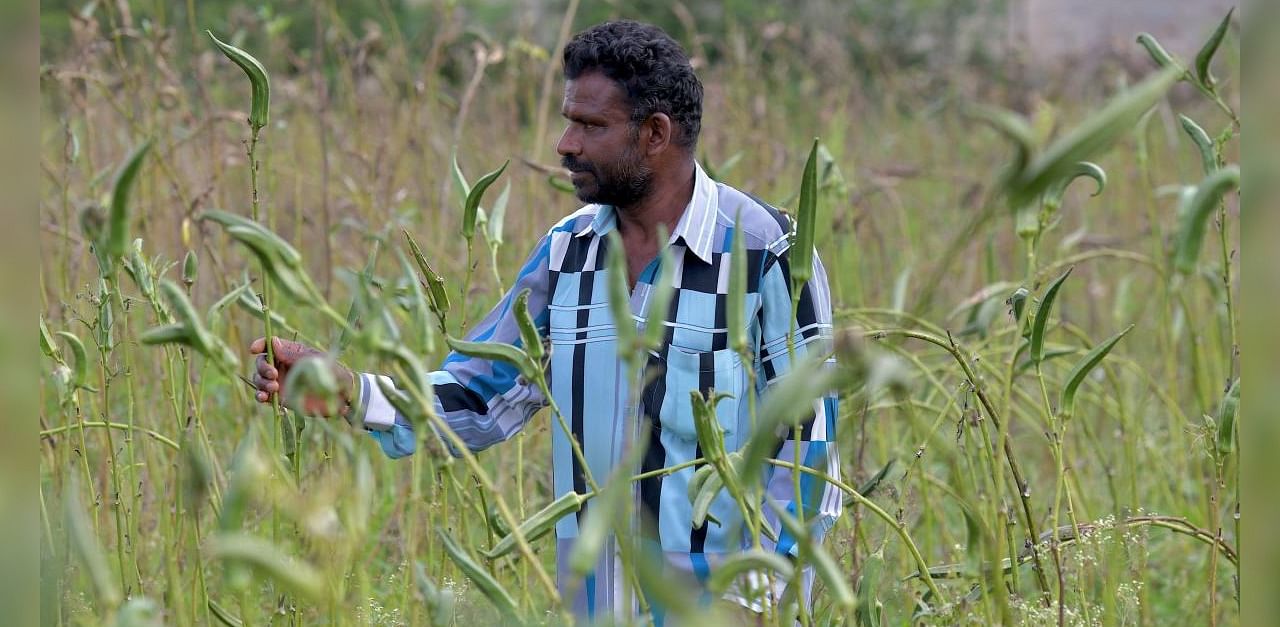
The Government of India has issued guidelines for financing under the ‘Agriculture Infrastructure Fund’ (AIF). The opening lines rhetorically underscore that ‘the role of infrastructure is crucial for agriculture development and for taking production dynamics to the next level’. Government support will be provided from 2020-21 to 2029-30 through interest subvention (subject to an upper limit of Rs 2 crores at 3 percent) and credit guarantee (up to Rs 2 crore) for post-harvest management projects across ten different categories and ‘to build viable community farming assets’.
The disbursements will be spread across four years with Rs 10,000 crore in the first year and Rs 30,000 crore in the subsequent three years. There are about eight different eligible entities including cooperatives, Self Help Groups, Joint Liability Groups, government agencies interested in the PPP route, Farmers Producers Organisations (FPOs) and “Agri-entrepreneurs” and Startups.
The tentative allocations for the states and Union Territories have been placed at Rs 1 lakh crore with the top 10 states tentatively allotted Rs 74, 506 crore with the highest allocation for Uttar Pradesh (Rs 12,831 crore), Rajasthan (Rs 9,015 crore), Maharashtra (Rs 8,460 crore), Madhya Pradesh (Rs 7,440 crore), Gujarat (Rs 7,282 crore) and West Bengal (Rs 7,260 crore).
Debt-driven model
The underlying objective, as with the larger economic model of the post-1991 era, is very clear. The role envisaged for the government will be limited to creating an ecosystem that facilitates long-term debt financing through priority sector lending with some form of limited support through interest subvention, incentives and credit guarantee in the private sector or through PPP format.
In the present scheme, the promoter of a rural infrastructure project is required to invest only 10 percent as their equity contribution while rest may be mobilised from the banks. It is likely that a large part of the debt will be raised from public sector banks and may thus be construed as a circuitous route for channelising subsidy in a capital deficit country. More debt, or schemes offering more debt, seem to be the flavour of the day – despite the all-round increase in indebtedness and the Covid-19 crisis adding to the existing problems.
The intention of the government seems to be clear: It would not like to establish any facilities directly and will instead leave new investments in agricultural infrastructure to the private sector. It also seems to indicate a change from the stated intent in Budget 2018-19 to develop and upgrade 22,000 rural haats into Gramin Agricultural Markets (GrAMs) which were operationalised vide March 2019 guidelines under Agri Market Infrastructure Fund (AMIF).
Needless to say, the intent to attract investment into agriculture cannot be faulted. There is little doubt that the AIF guidelines have been attractively designed from a private sector perspective. There seems to be a hope that private sector entities and FPOs can be encouraged to build this infrastructure. One can only hope that the scheme will draw widespread participation and will not be restricted to larger entities.
As in the case of other programmes, the government's belief that technology is the panacea to India’s problems is an integral element with the compulsory requirement that the scheme will be completely based on an online MIS platform only. A perplexing side story of the guidelines is the introduction of a new category of the as yet undefined participant called the ‘Agri-entrepreneur’. One wonders how they differ from other persons defined in the recent agricultural ordinances.
Road ahead
While it is hoped that post-harvest agricultural infrastructure will improve shortly, it is difficult to accept that the small, marginal, medium and tenant farmers — who comprise nearly 90 percent of the total agricultural producers — will benefit from these investments. In the present circumstances, the strategy to facilitate the private sector to invest with different forms of government support accounting for as high as 90 percent of the project may not be a prudent way to spend money since it will not solve the problems plaguing agriculture.
A major issue with agriculture is the lack of remunerative prices at a time of rising costs, information asymmetry, price volatility and increased household expenditure. Building infrastructure alone may not address these concerns since the issue of affordability or cost of the storage infrastructure will continue. Hence, while subsidising infrastructure building is useful, unless there are other subsidies helping farmers to encourage the use of such infrastructure, the benefits may be beneficial to existing traders rather than small producers. Thus, irrespective of the intentions, the scheme could well end up benefitting existing or new formal sector corporate entities, including traders, rather than the overwhelming majority of small producers.
(S Ananth is an independent researcher based in Andhra Pradesh. Views expressed herein are strictly personal)
Disclaimer: The views expressed above are the author’s own. They do not necessarily reflect the views of DH.